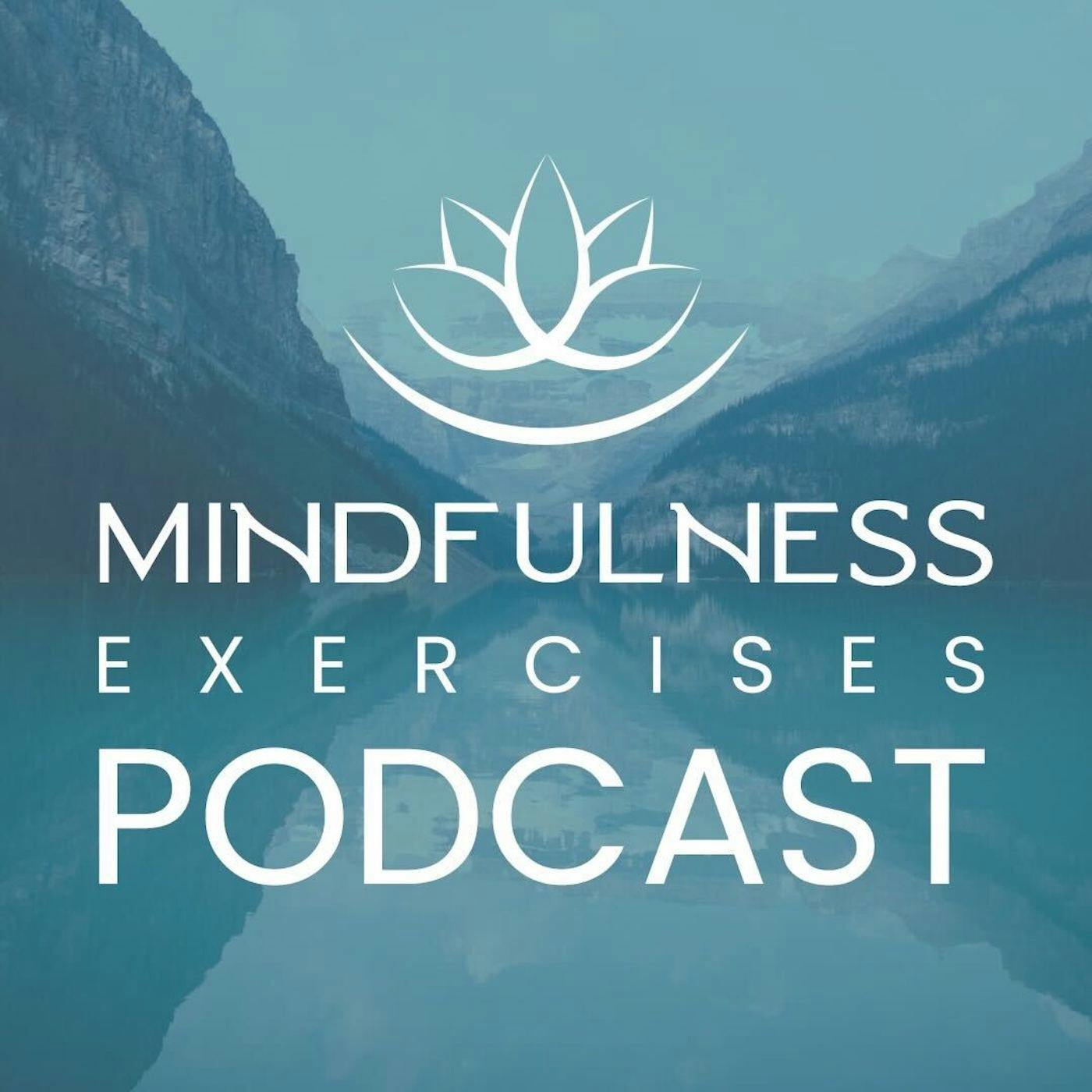
How to Teach Mindfulness and Meditation | Part 1 - Compassion

Mindfulness Exercises
Deep Dive
- 15 years of experience teaching mindfulness
- Diverse groups of students
- Focus on practical techniques
Shownotes Transcript
The demand for mindfulness teachers has never been higher, but many aspiring teachers face self-doubt, fear of judgment, and uncertainty about where to begin. What does it truly take to teach mindfulness with confidence and credibility?
In this first episode of a four-part series, Mindfulness Exercises founder Sean Fargo lays the foundation for effective mindfulness teaching. He shares insights from his personal journey—including his time as a Buddhist monk—and introduces the first key aspect of teaching mindfulness: embodying compassion.
Through personal stories and practical guidance, this episode explores why self-compassion is the cornerstone of effective mindfulness teaching and how embracing it can transform both your practice and the way you support others.
What You’ll Discover in This Episode:
✔ Why mindfulness teaching is about presence, not perfection
✔ How self-compassion builds confidence in guiding mindfulness practices
✔ The power of lived experience in authentic mindfulness teaching
✔ How to overcome fear, self-doubt, and the pressure to “get it right”
✔ Why compassion—for yourself and others—is the foundation of great mindfulness teaching
This episode sets the stage for understanding what it truly means to guide others in mindfulness. Whether you're new to teaching or looking to deepen your approach, this series will provide the tools to help you lead with clarity, authenticity, and care.
🌿 Stay tuned for Part 2, where we’ll dive deeper into the core principles of guiding mindfulness sessions.
🌱 Deepen Your Practice:
Want to become a certified mindfulness teacher? Explore our Mindfulness Meditation Teacher Certification to learn how to guide others in mindfulness-based practices.
🔗 Join Our Growing Community:
✅ Website: Mindfulness Exercises
✅ Instagram: @Mindfulness.Exercises
✅ LinkedIn: Mindfulness Exercises
✅ Facebook: Mindfulness Exercises
✅ Connect Community for Mindfulness Teachers: Connect Mindfulness Community
🎧 If you enjoyed this episode, leave us a review and share how mindfulness has helped you!
Learn more about your ad choices. Visit megaphone.fm/adchoices